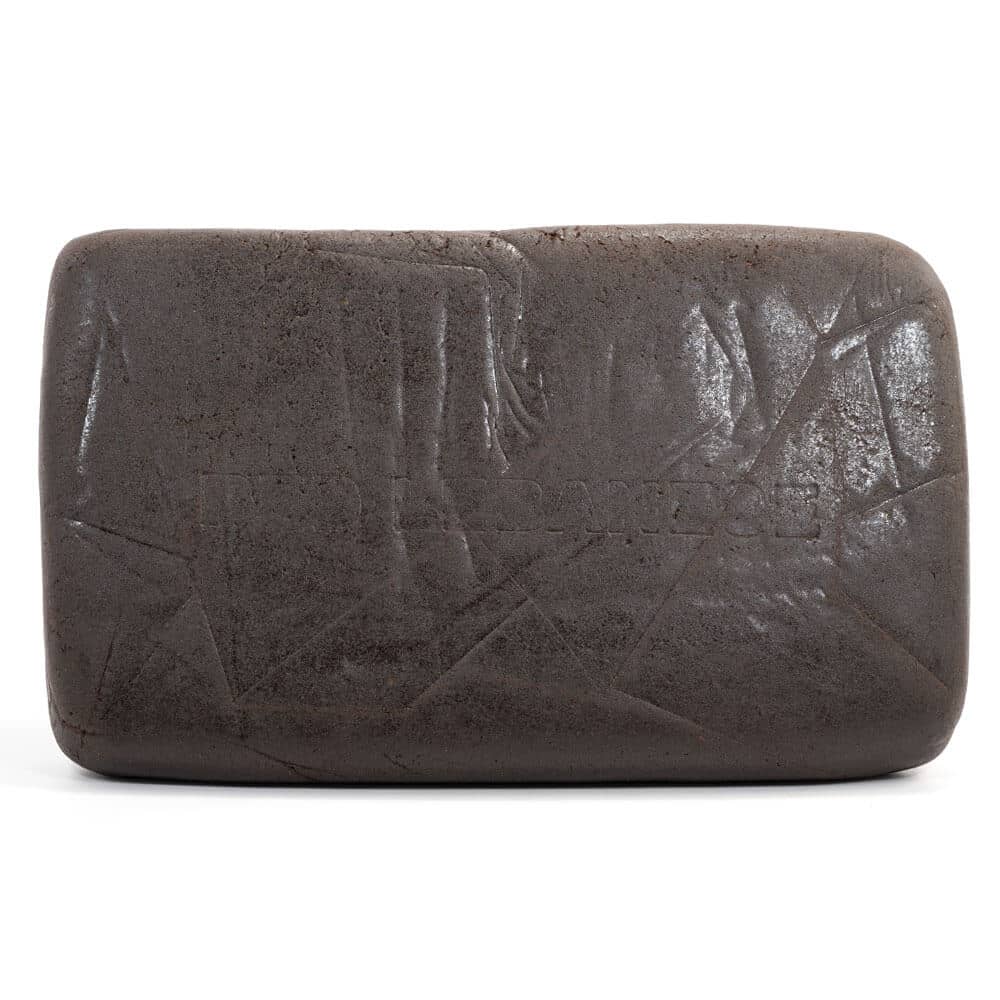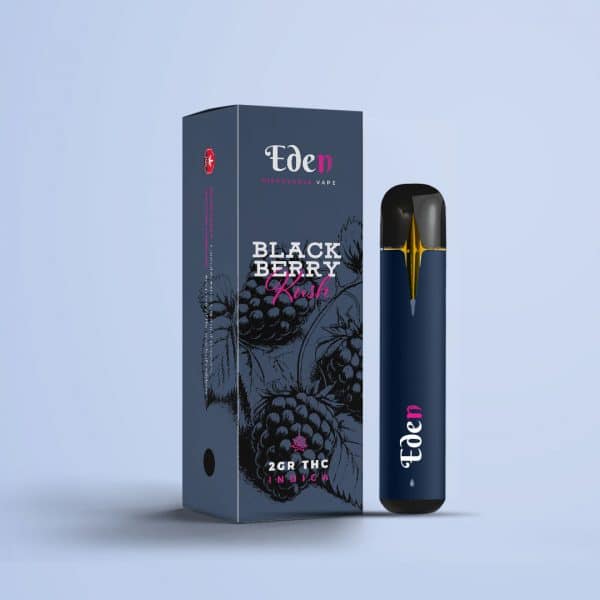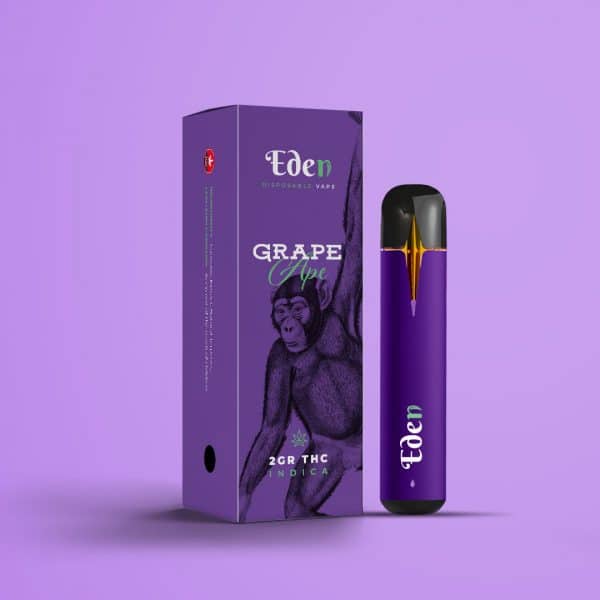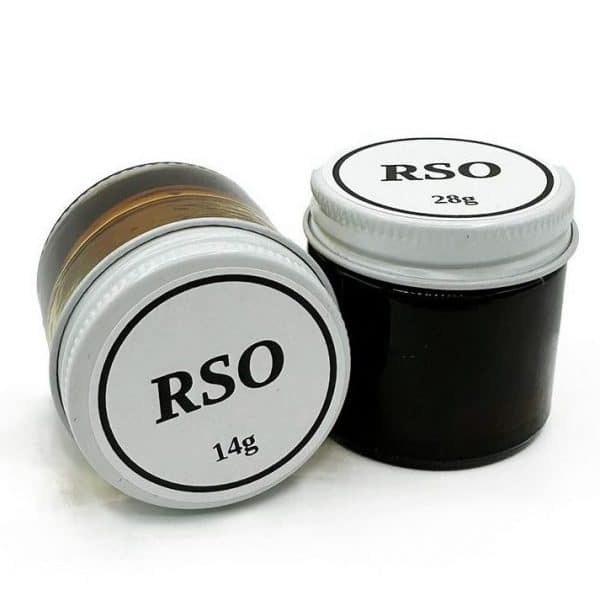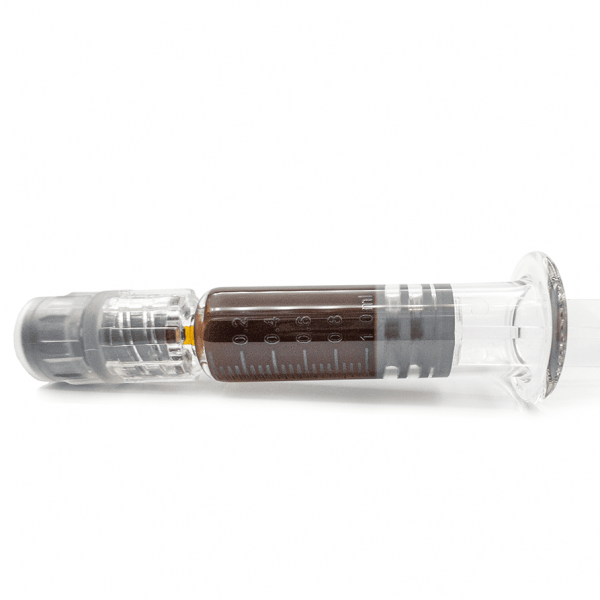Hash, also known as hashish or simply “hash,” has been used for centuries around the world and is a concentrated form of cannabis. It comes in many different forms and varieties, but all are produced by removing trichomes from the plant material and compressing them into a solid block or paste. In this article, we’ll explore what hash is, how it’s made, what it looks like, its effects, consumption methods, differences from other concentrates, benefits, where to buy it, and its legal status in Canada.
Table of Contents
What is Hash?
Hash (short for hashish) is a concentrated form of cannabis made from the resin glands (trichomes) of the plant. The trichomes are separated from the plant material through various methods, such as sieving or pressing, to create a potent, sticky substance that can be smoked, vaporized, or ingested. Hash can come in a variety of textures and colors, and its potency can vary depending on the strain of cannabis used and the method of production. Like other forms of cannabis, hash is still considered illegal in many jurisdictions around the world.
How is Hash Made?
Hash can be made using a variety of methods, including dry sieving, ice water extraction, and hand rubbing.
- Dry Sieving: In this method, dried cannabis plant material is shaken over a fine mesh screen to separate the trichomes from the plant material. The trichomes are then collected from the bottom of the screen and pressed or molded into a solid block of hash.
- Ice Water Extraction: This method involves soaking the cannabis plant material in ice water and then agitating it to detach the trichomes. The mixture is then filtered through several mesh screens of different sizes to separate the trichomes from the plant material. The trichomes are then dried and compressed into a block or paste.
- Hand Rubbing: This traditional method involves manually rubbing the cannabis buds between hands or on a sieve to separate the trichomes. The trichomes are then pressed together to form a solid block of hash.
Some producers also use solvents such as alcohol or butane to extract the trichomes and create hash oil. However, this method is less common due to safety concerns and potential health risks associated with solvent residues in the final product.
What does Hash Look Like?
Hashish, or hash, can come in various forms and appearances. It is typically a brown or black resinous substance that can range from dry and crumbly to sticky and pliable. The texture of hashish depends on the method of production, as well as the quality and age of the cannabis plant used. Some common forms of hashish include:
- Hand-rubbed hash: This is the oldest and most traditional method of making hash. It involves rubbing fresh cannabis buds between the hands or on a sieve to extract the resin glands.
- Dry-sift hash: In this method, dried cannabis is sifted through a series of screens to separate the trichomes from the plant material.
- Bubble hash: This form of hash is made by washing cannabis buds in ice water and then filtering the resulting mixture through a series of screens or bags to collect the trichomes.
- Hash oil: This is a liquid form of hash that is made by extracting the resin glands from the cannabis plant using a solvent such as butane or CO2.
Regardless of its form, hashish is a concentrated form of cannabis that is more potent than the plant material itself, and should be consumed responsibly and in moderation.
What are the Effects of Hash?
Hash is a highly potent form of cannabis, with THC levels ranging from 40% to 60% or higher. This high concentration of THC can provide a powerful and long-lasting high that can be very intense for inexperienced users. The effects of hash can include euphoria, relaxation, increased creativity, sensory enhancement, and altered perception of time. In addition to these effects, hash can also cause increased heart rate, dry mouth, red eyes, and impaired coordination. It may also lead to anxiety or paranoia in some users.
How to Consume Hash?
Hash can be consumed in several different ways, including:
- Smoking: This is the most traditional method of consuming hashish. Hash can be added to a joint or smoked in a pipe or bong along with other cannabis flower.
- Vaporizing: Vaporizing hash involves heating it to a temperature that releases the cannabinoids and terpenes without burning the material. This is considered a healthier alternative to smoking, as it produces fewer harmful byproducts.
- Dabbing: Dabbing involves heating a small amount of hash oil on a hot surface and inhaling the vapor through a dab rig. This method is more commonly used for hash oil than traditional hash.
- Edibles: Hash can also be used to make edibles, such as baked goods or capsules. However, it’s important to note that the effects of edibles can be stronger and longer-lasting than smoking or vaporizing.
- Topicals: Some people use hash or hash oil in topical products, such as balms or salves, for localized pain relief or skin conditions.
When consuming hash, it’s important to start with a low dose and wait for the effects to kick in before consuming more. Hash is more potent than cannabis flower, so it’s easy to overdo it and experience unpleasant side effects. Additionally, be sure to consume hash responsibly and in a safe environment.
How Does Hash Differ From Other Concentrates?
Hashish differs from other cannabis products (edibles, weed) and concentrates like Distillate, THCa Diamonds, Vape Pens, Shatter, Live Resin, Kief, TERP Sauce or Tinctures in a few ways, including:
- Method of production: Hash is typically made by separating the trichomes from the cannabis plant using physical methods like rubbing or sifting, while other concentrates (such as wax or shatter) are made through chemical extraction processes.
- Appearance and texture: Hashish typically has a brown or black color and can range from dry and crumbly to sticky and pliable. Other concentrates like wax and shatter tend to be more translucent and have a softer, waxier texture.
- Potency and flavor: Hashish can have varying levels of potency depending on the strain of cannabis used and the method of production, but it is generally considered to be more potent than cannabis flower. The flavor and aroma of hashish can also vary widely depending on the strain and method of production.
- Use and consumption: Hashish is typically consumed by smoking or vaporizing, whereas other concentrates like wax and shatter are more commonly consumed through dabbing (heating the concentrate on a hot surface and inhaling the vapor).
While all cannabis concentrates are more potent than cannabis flower, hashish offers a unique flavor and experience that some people prefer over other types of concentrates. Additionally, because it is made using physical methods rather than chemical solvents, some consider it to be a more natural and traditional form of cannabis concentrate.
The difference between hash and kief
Hash and kief are two cannabis concentrates that have been around for centuries. While they both come from the same plant, there are some key differences between them.
Kief is made up of the trichomes of the cannabis plant, which contain high levels of THC and other cannabinoids. These trichomes are separated from the rest of the plant by a process called dry sifting. Kief is usually light in color and has a powdery texture. It can be used to make edibles, smoked on its own, or added to other products such as joints or blunts for an extra kick.
Hash, on the other hand, is made by compressing kief into a solid form. This process requires more effort than simply collecting kief but results in a much more potent product with higher levels of THC. Hash is typically darker and more compact than kief and has a slightly different flavor and aroma. It can be smoked on its own or added to other products for an even stronger effect.
In conclusion, while hash and kief both come from cannabis plants, they are two very different products with distinct characteristics and effects. Kief is easier to use than hash but hash tends to be more potent due to its higher concentration of THC.
The difference between hash and weed
Hash and weed are both derived from cannabis, but there are some key differences between the two. Weed usually refers to dried pieces of the plant, mainly flower buds, while hash is a paste made from resin that has been extracted from the plant. Hash tends to be more concentrated and therefore more potent than weed. The THC level in hash can range from 20 percent up to 60 percent, whereas weed typically contains around 10-25 percent THC. Negative side effects from hash can do more than just manipulate behavior; it can also lead to addiction and other health issues if not used responsibly. It’s important to understand the difference between hash and weed so you can make an informed decision about which one is right for you. Knowing the potency of each product will help you determine how much you should use and how often.
What are the Benefits?
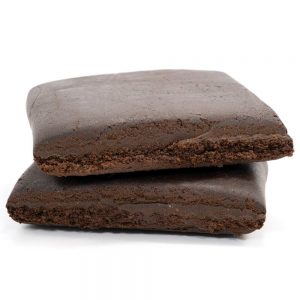 Hash may offer several potential benefits for cannabis users, including:
Hash may offer several potential benefits for cannabis users, including:
- High potency: Hash is highly concentrated, offering a stronger and longer-lasting high than traditional cannabis flower.
- Enhanced flavor: Hash has a rich and complex flavor profile that can be more enjoyable and aromatic than other cannabis products.
- Versatility: Hash can be used in a variety of ways, including smoking, vaporizing, dabbing, and adding to edibles.
- Possible medicinal benefits: Some research suggests that the combination of cannabinoids and terpenes in hash may offer anti-inflammatory, analgesic, and neuroprotective effects.
Where to Buy Hash?
Hash can be purchased from licensed dispensaries or online retailers that specialize in cannabis products. One such retailer is DistillateXpress, which offers a wide selection of high-quality hash products at competitive prices. It’s important to only purchase hash from reputable sources that offer high-quality products and adhere to strict safety and quality standards.
Is Hash Legal in Canada?
Hash and other cannabis concentrates are legal in Canada for adults 19 years of age and older. However, it’s important to note that there are strict regulations in place regarding the production, sale, and consumption of cannabis products, and it’s critical to follow these regulations to avoid legal issues.
Conclusion
In conclusion, hashish is a concentrated form of cannabis that has been used for centuries around the world. It can come in various forms and textures, from hand-rubbed hash to bubble hash to hash oil. While it differs from other cannabis concentrates in its method of production, appearance, and use, it shares with them a higher potency than traditional cannabis flower. Hashish can be consumed in different ways, such as smoking, vaporizing, or edibles, and it offers unique flavors and experiences depending on the strain and method of production. As with all cannabis products, it’s important to consume hashish responsibly and in moderation, and to be aware of local laws surrounding its use.

